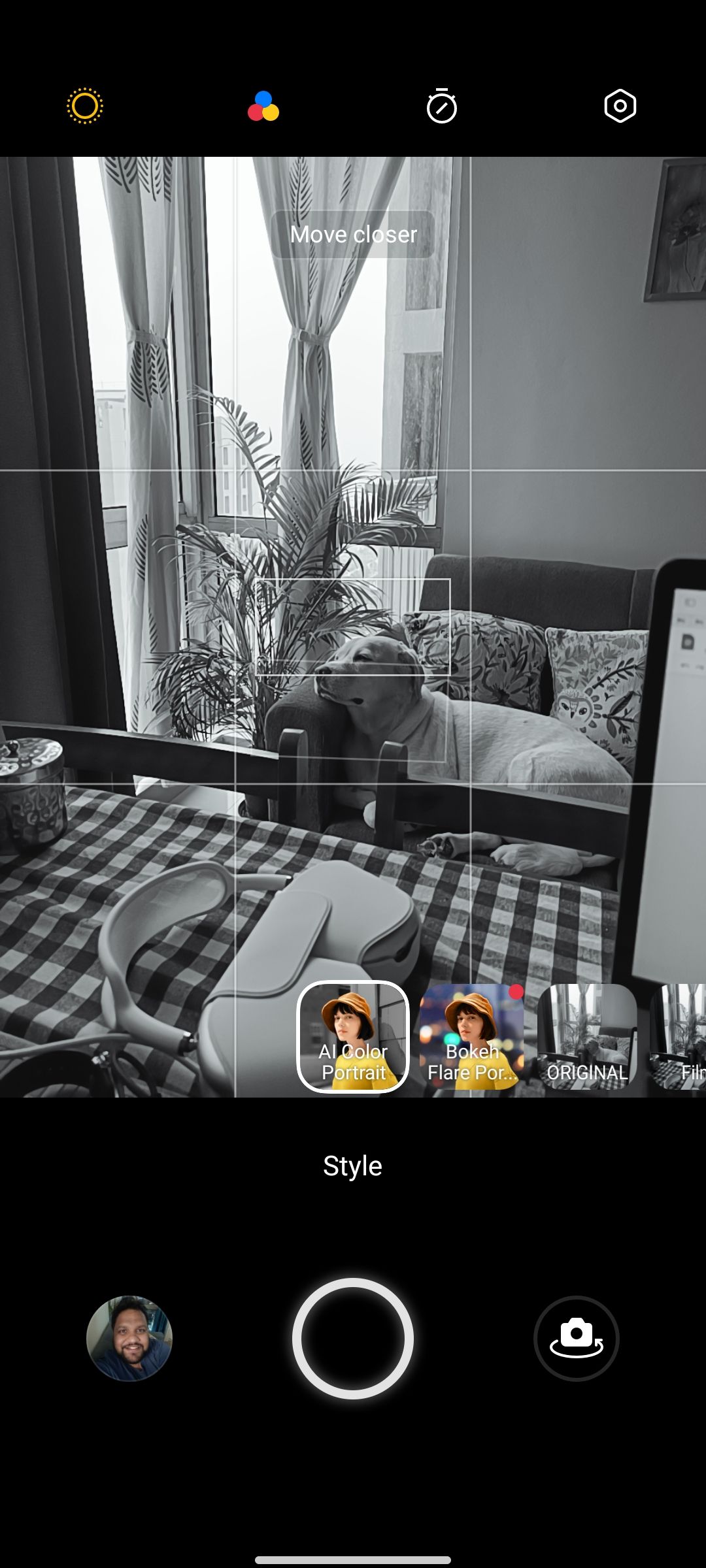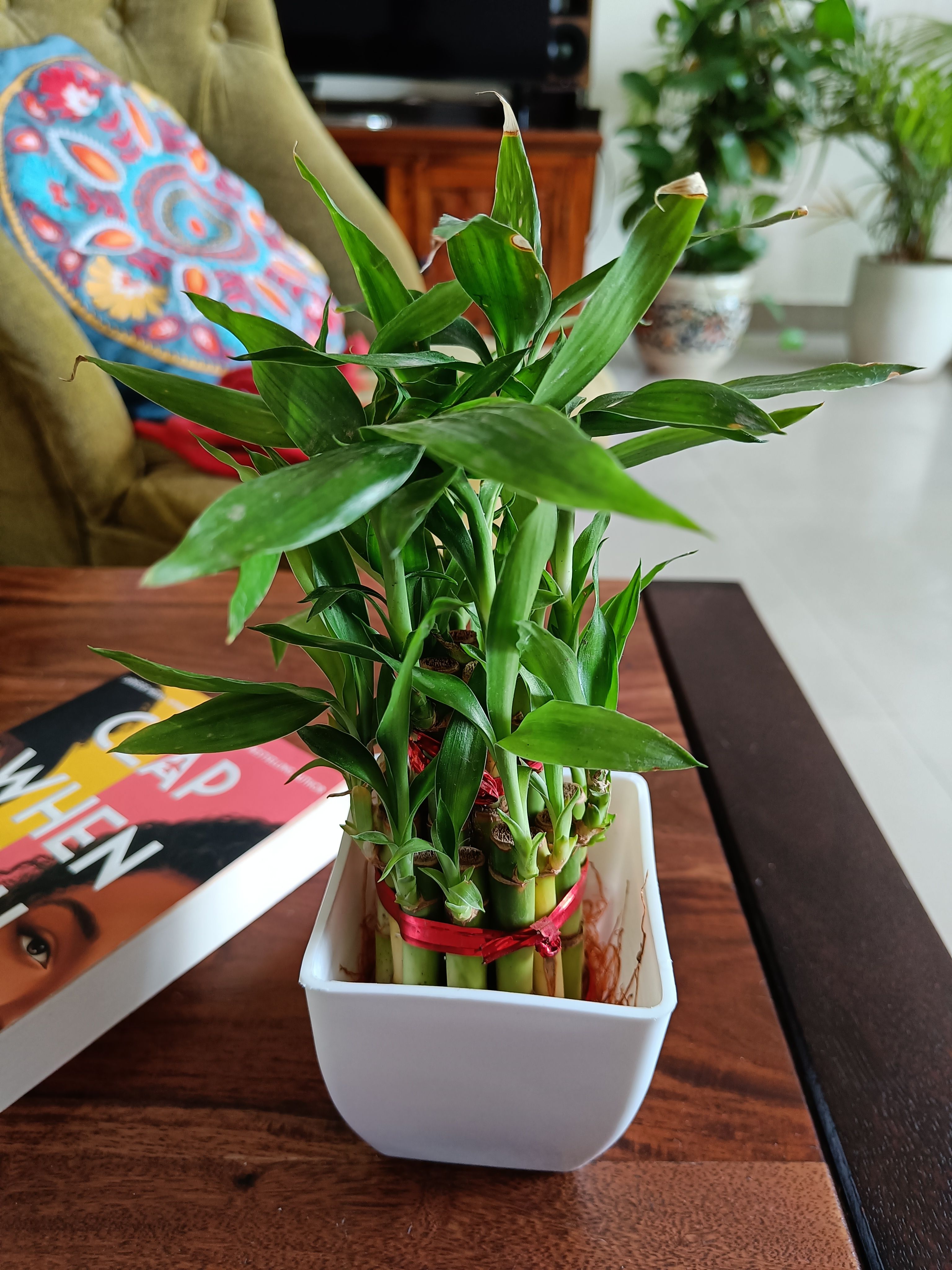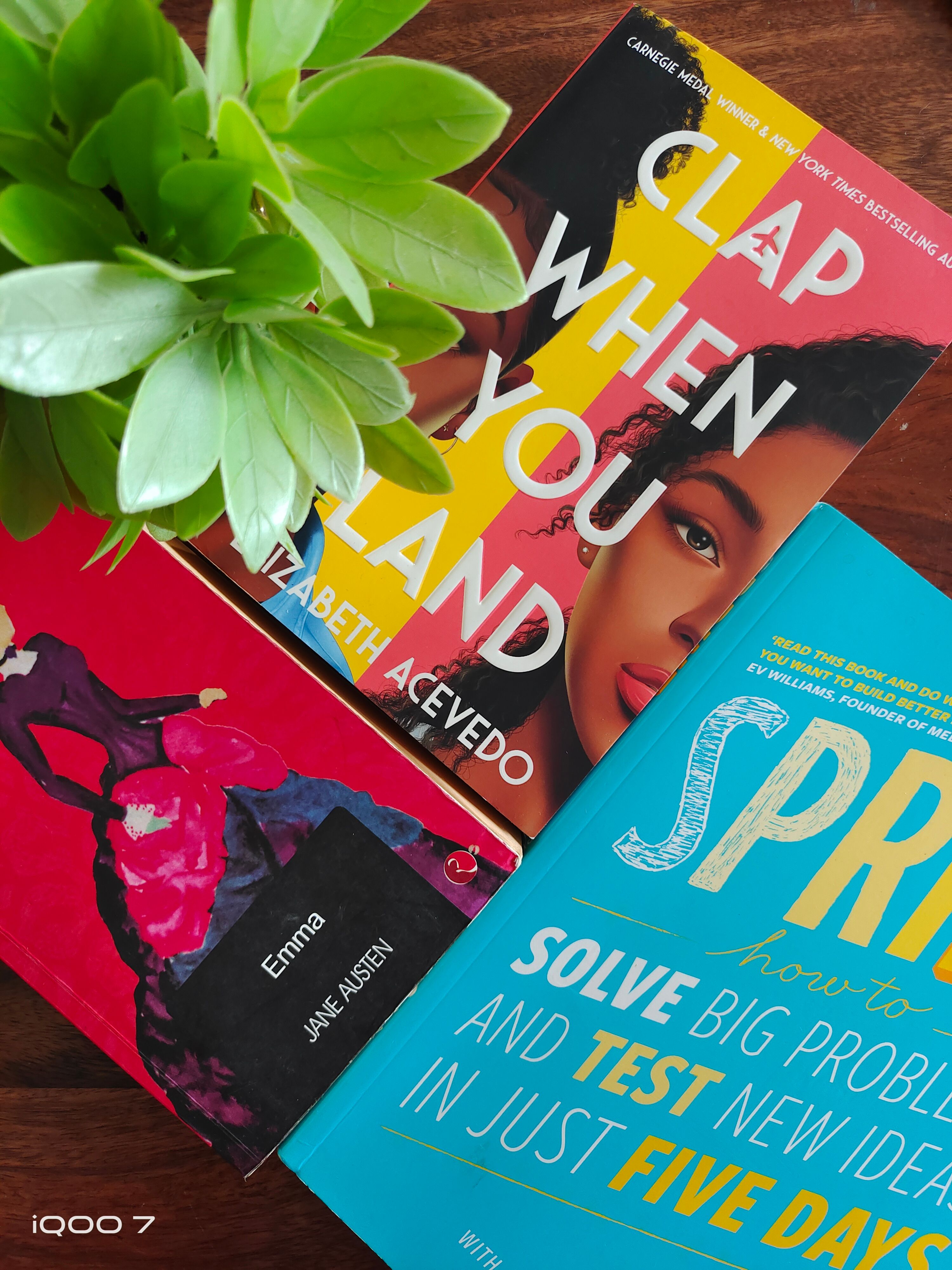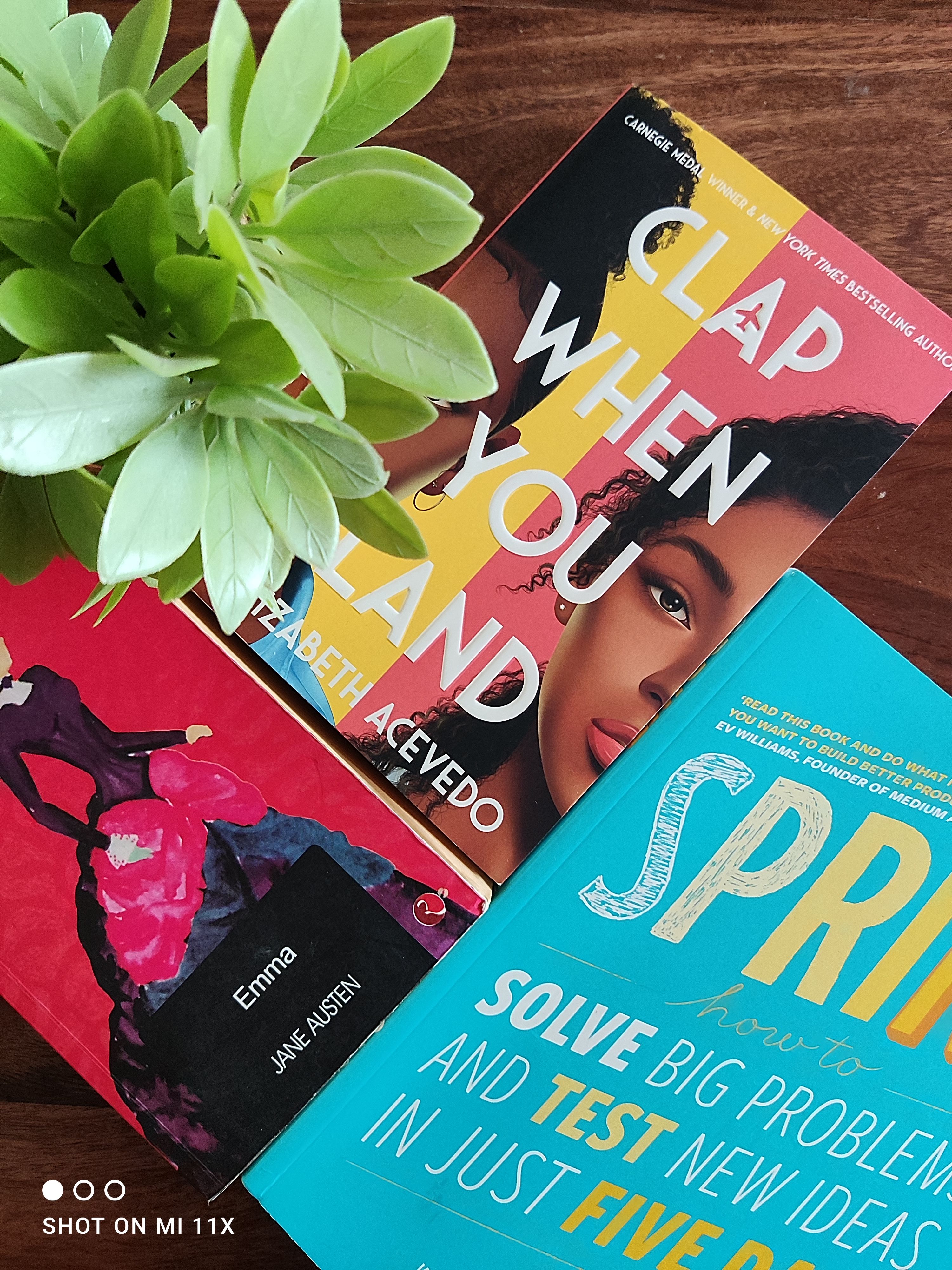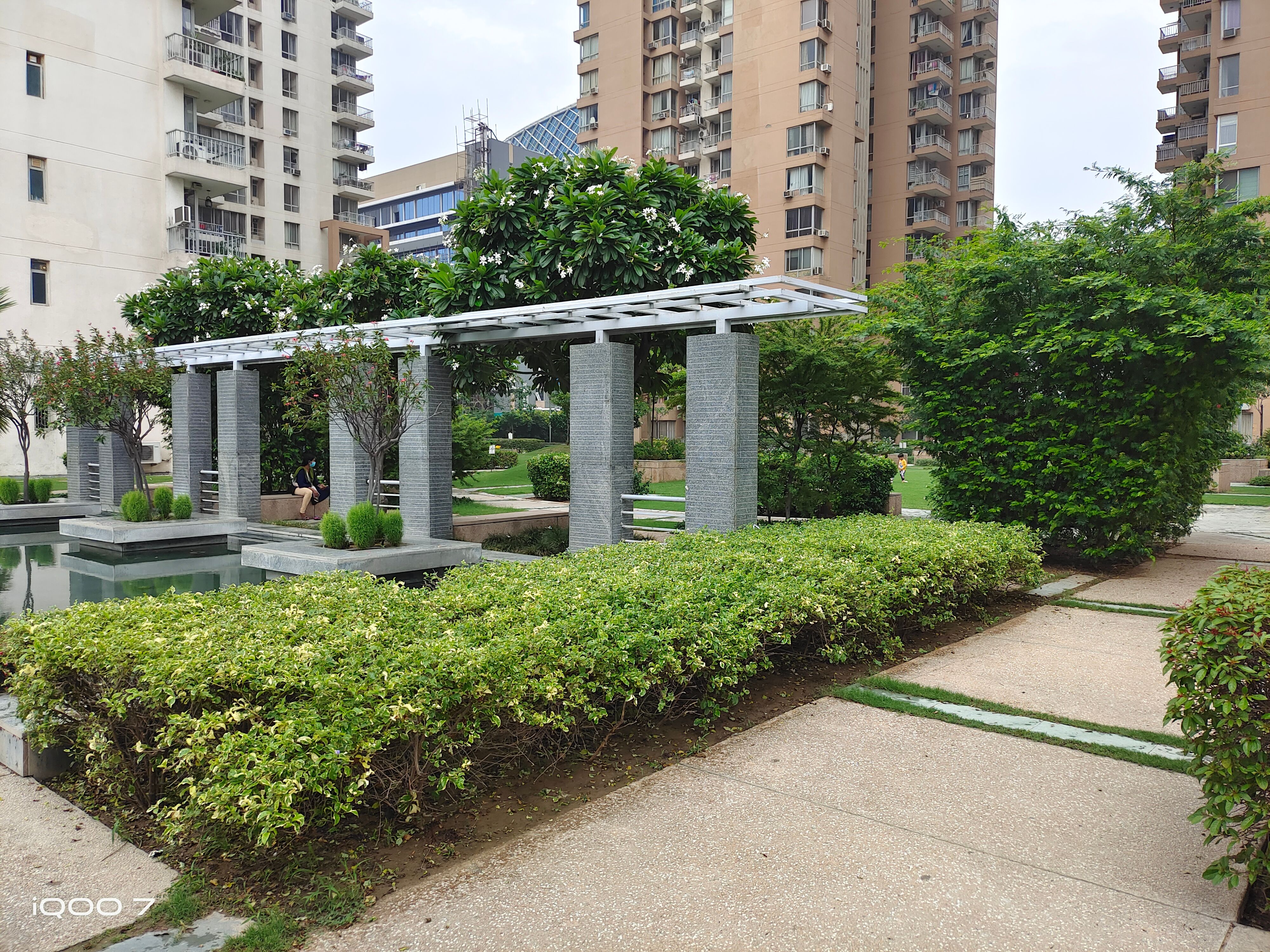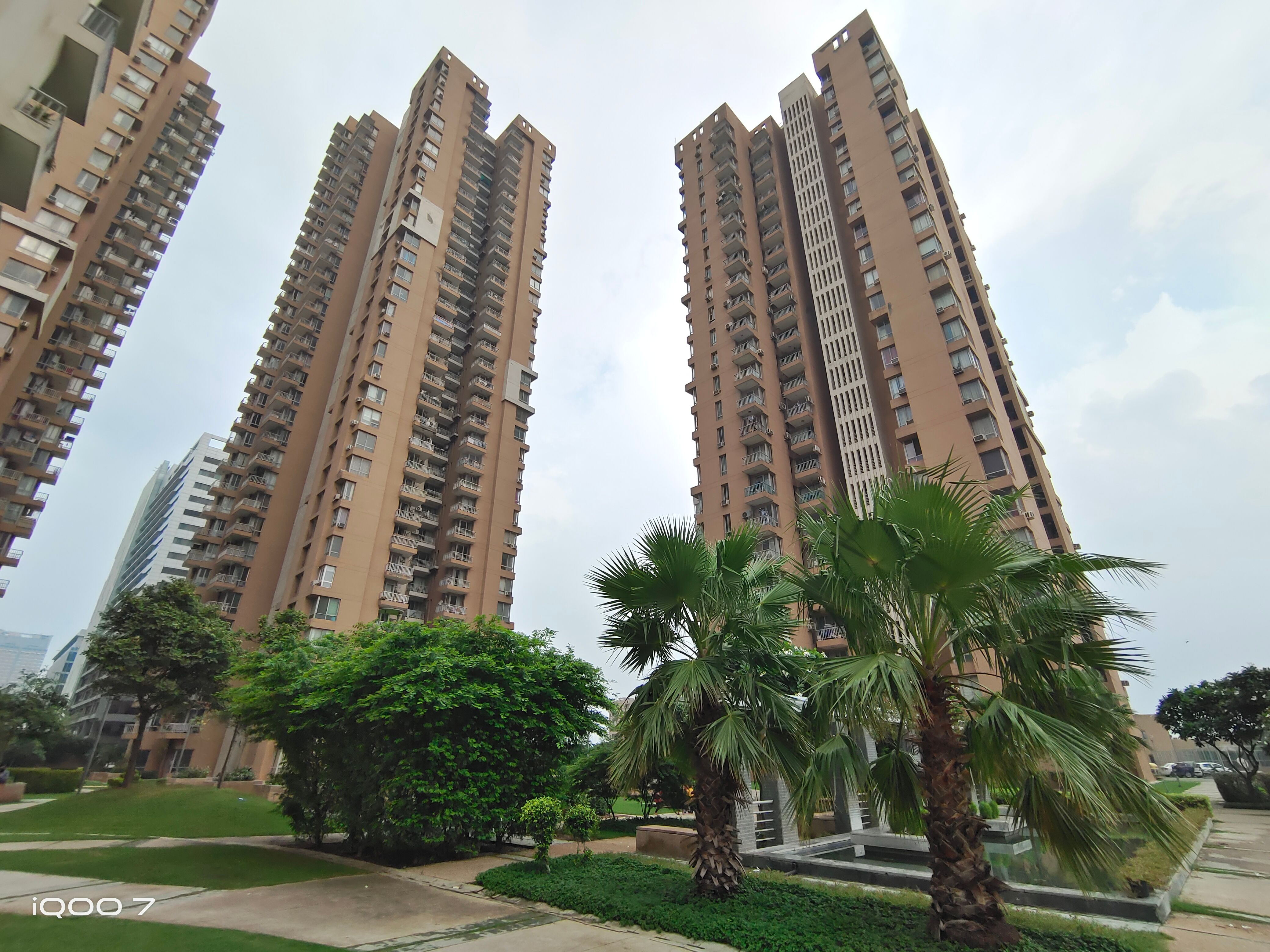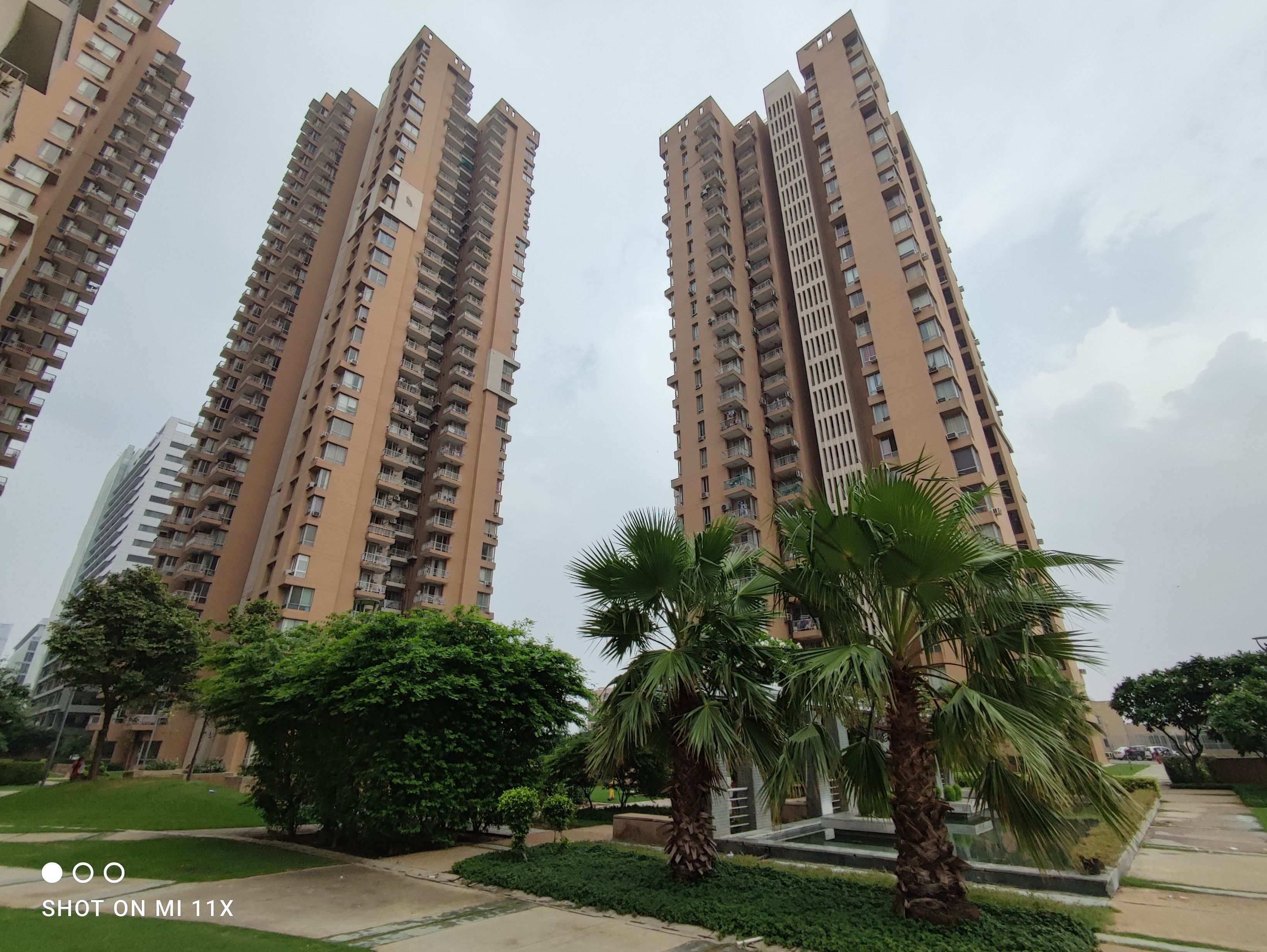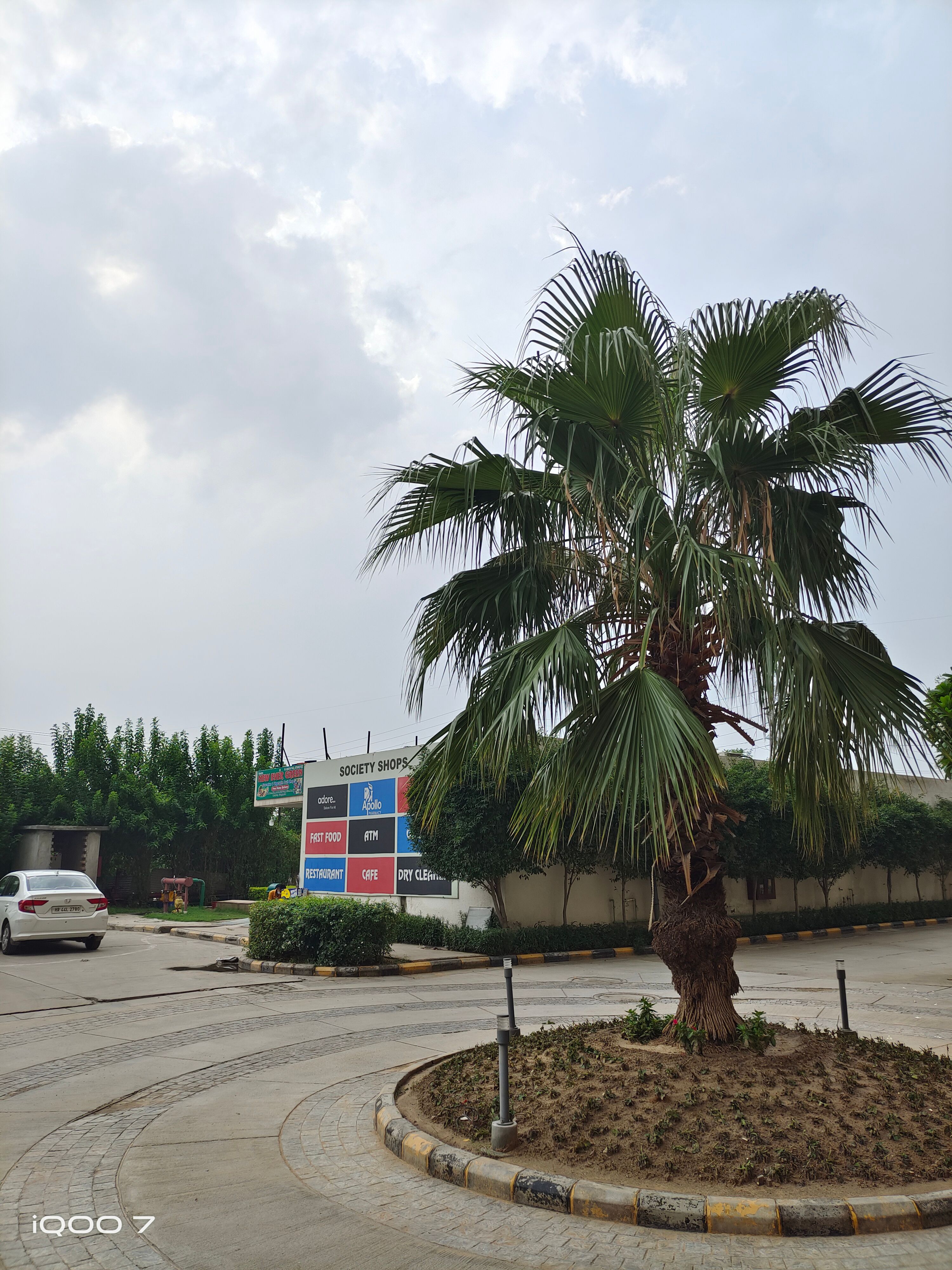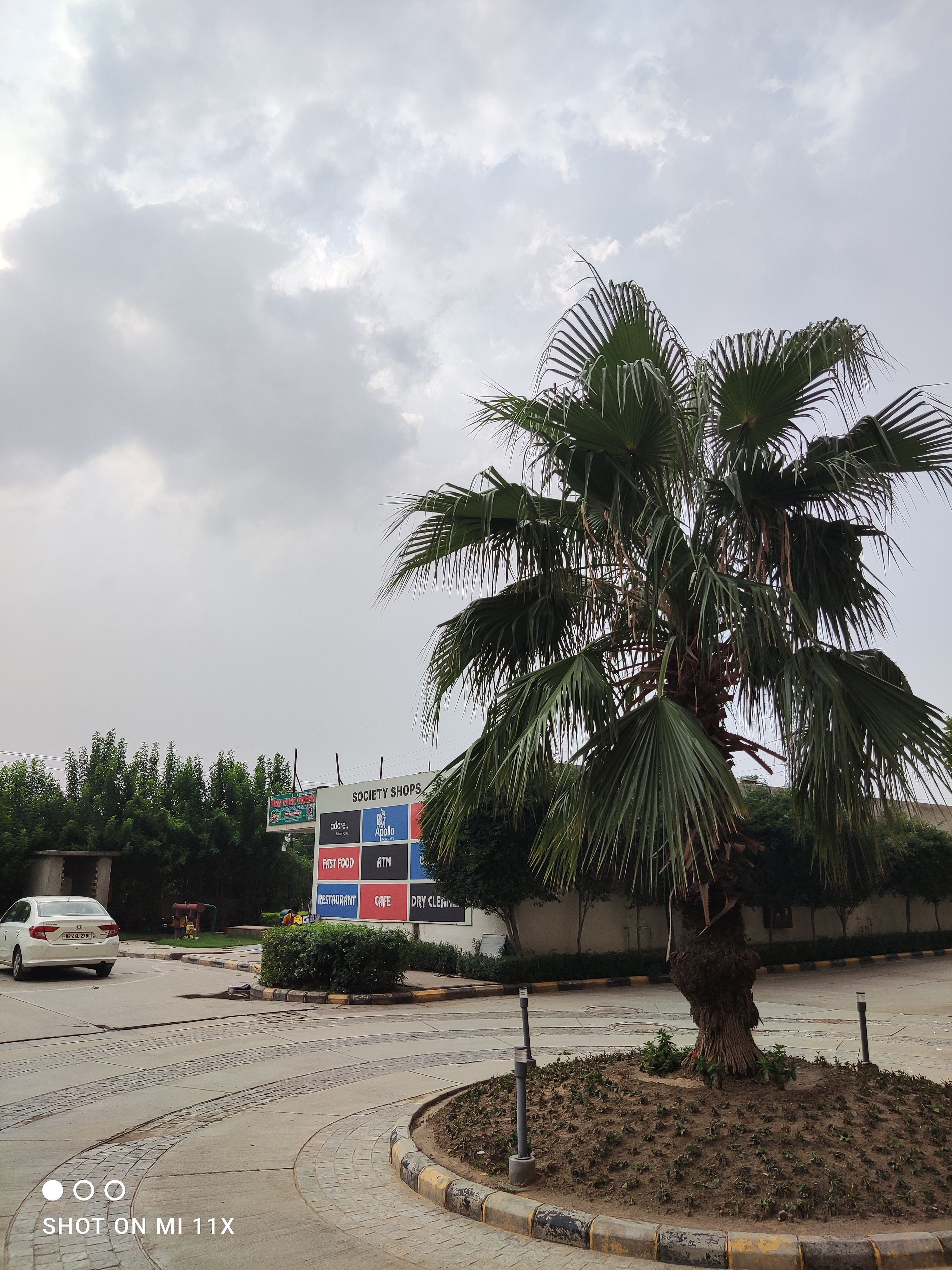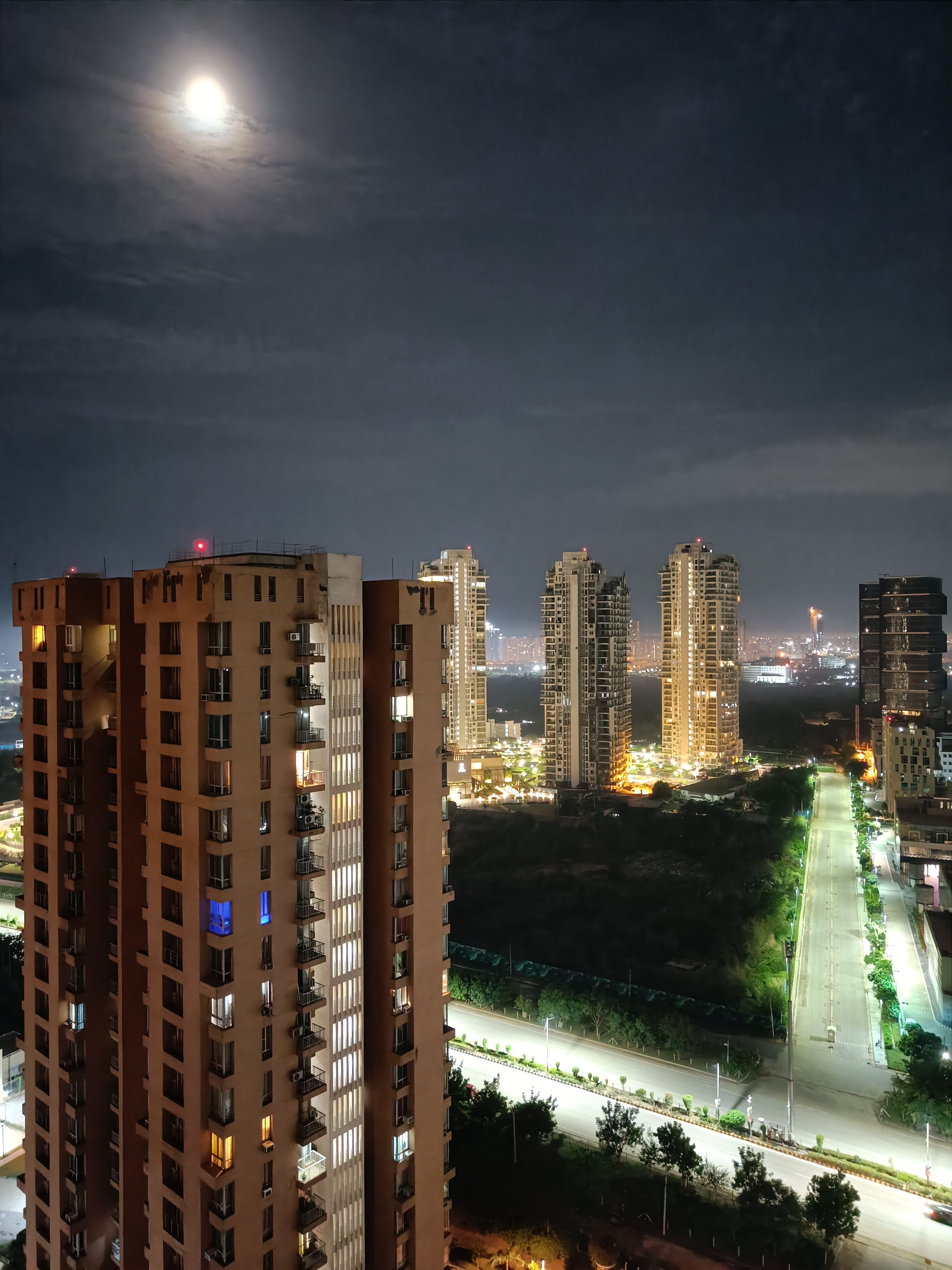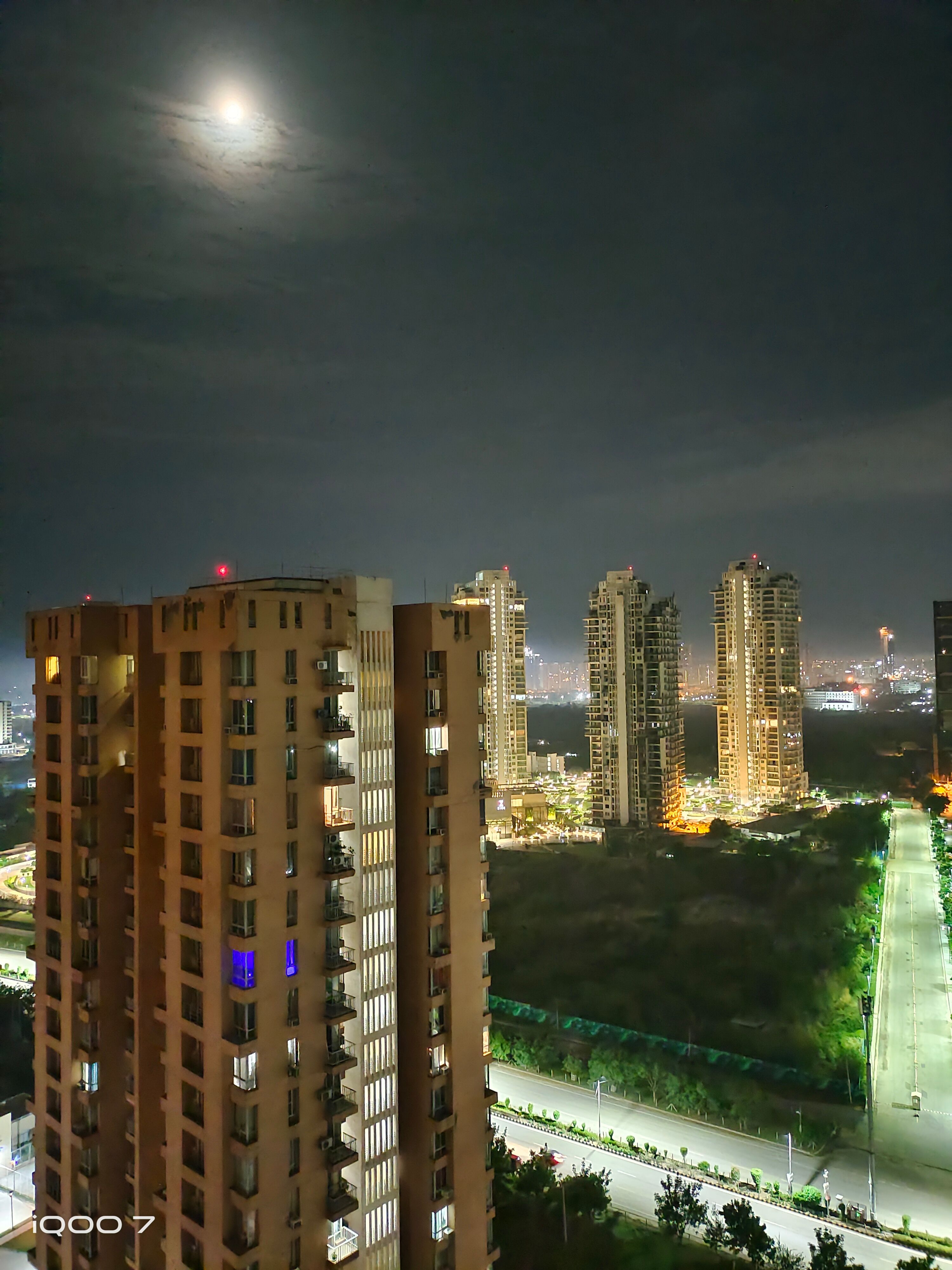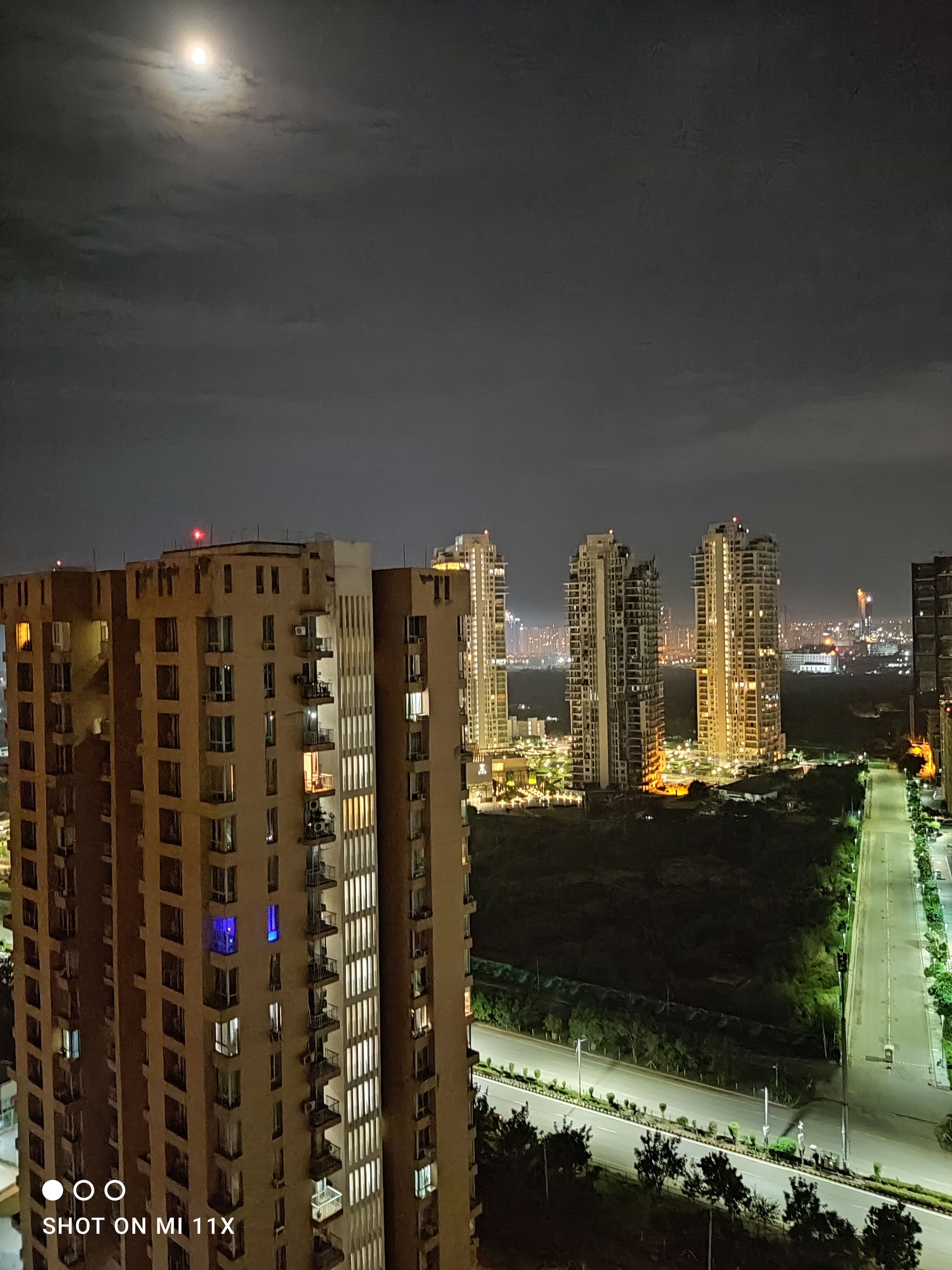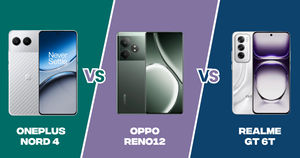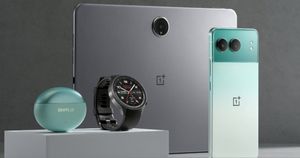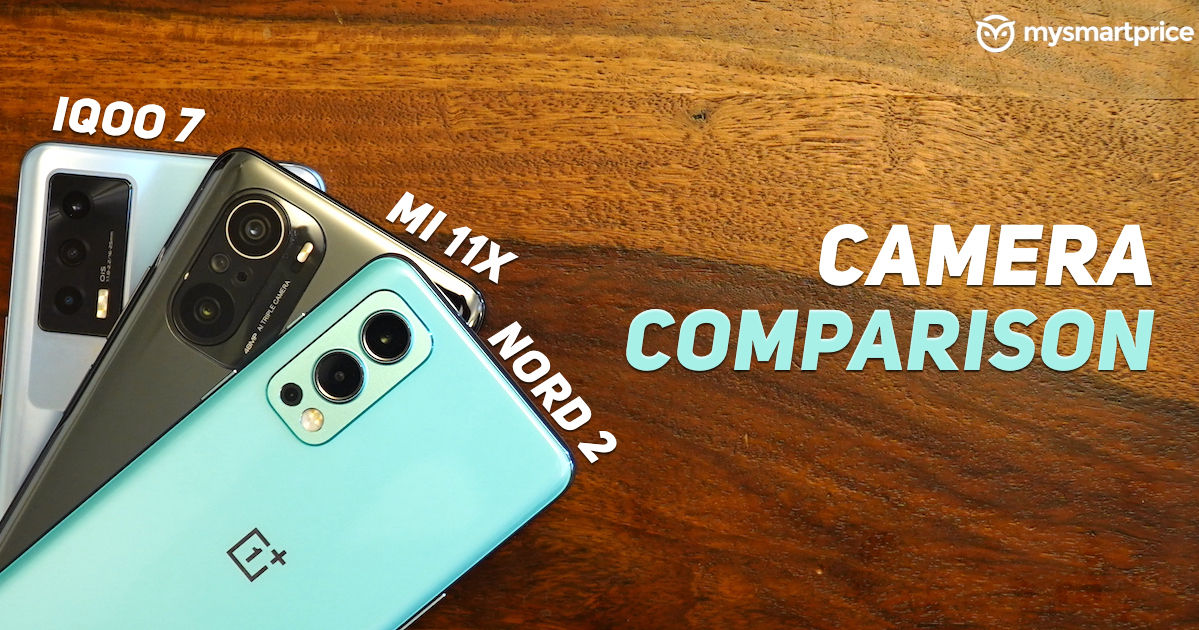
By adding the Sony IMX766 sensor to the Nord 2, OnePlus has definitely piqued a lot of interest in terms of camera performance. This IMX766 sensor is paired to a lens with an aperture of f/1.88. This is a very powerful sensor and was used by the Find X3 Pro’s main camera and the OnePlus 9 Pro’s ultrawide angle sensor. It has a sensor size of 1/1.56-inches and a pixel size of 1.0μm. There’s OIS too, for what it is worth.
The rest of the setup includes an 8MP ultrawide angle camera, 2MP mono-lens, and an upgraded 32MP selfie shooter. To test the performance I compared the camera performance to the iQOO 7 and the Mi 11X (review) to find out how it fares.
Camera app
Before I talk about the pictures, let me tell you that OnePlus uses OPPO’s camera app on the Nord 2. Which is why it has AI-based features plastered all over the app. From AI Beautification to AI Portrait Colour, OnePlus doesn’t miss a chance to throw that in your face. Honestly though, it doesn’t really make much of a difference. There’s also an additional Dual Video View now. Which essentially uses the power of the MediaTek Dimensity 1200 chip to engage both – the rear and the front cameras – to take a picture-in-picture video. With that out of the way, let’s get to the pictures.
Close Up
The first thing I noticed while fiddling with the cameras is the Nord 2 actually takes great close up shots using the primary camera. There’s none of that “shallow depth of field” issue that has been plaguing big sensors with a wide lens lately. I believe that is also because it has a slightly narrower aperture compared to the competition. In fact, the iQOO 7 switches to the 13MP ultrawide angle camera when it goes close to a subject. Which is why you see a lot of the objects in the background in tack sharp focus. The Mi 11X also takes a picture directly using the main camera.
Colour Science
I don’t know if it is the Hasselblad hangover, but the colour science on the OnePlus Nord 2 is on point. Only OnePlus has managed to faithfully replace the Reds, Blues, and Greens in the image. Especially, when you look at the Red gradient in the book Emma you’ll notice a stark difference. The iQOO 7 completely botches the Reds. The Mi 11X has my second favourite tuning here.
Details
In situations with ample light on offer, there’s nothing to tell the three apart when it comes to details. Until you pixel peep and notice that the Nord 2 and the Mi 11X are a tad bit more detailed because their individual algorithms tend to slightly sharpen the picture to make it look more attractive. Anyway, I cannot emphatically say that one sensor is better than the other when it comes to detail retention, at least not in daylight. Even with the full res detailed samples.
Ultrawide
In my ultrawide angle test, the iQOO 7, with its 13MP camera easily trumps the other two 8MP sensors. You just get much sharper images with great dynamic range.
HDR
Although, when it comes to HDR performance of the main cameras, the Nord 2 does something weird. It does look better in terms of the overall image now that it is not crushing the shadows, which the Mi 11X does willfully. But, there is a distinctive tone-mapped, artificial look that you cannot escape. The stacking algorithm goes overboard on the sharpening making the image look like absolute garbage at 100% crop. Take a closer look at the bark of the tree or the ‘New Ever Green’ store sign. As a matter of fact, the Mi 11X also oversharpens the storeboard sign. The iQOO 7 clearly has the most balanced HDR performance with no added drama. The sky wasn’t as ominous as it looks in the Nord 2’s shot.
Human Subject
But, the tables turn, when you look at the human subject shots. The OnePlus Nord 2’s sample image is definitely the best looking of the three. The Mi 11X not only has an overtly contrasty look, it also oversharpens unnecessarily. The iQOO 7 continues to struggle in controlling the warmth. The Nord 2 offers extremely sharp details, a clean bokeh, and close to natural colour reproduction, including facial tones.
Portrait
But, OnePlus’ ‘algorithm woes’ are back to haunt the Nord 2 again soon enough. In portrait shots, I had a tough time focusing and taking a portrait shot firstly. Secondly, every single portrait shot that I took had a weird, artificial look. Almost as if the software was manipulating the image…oh wait. Anyway, as you can tell here, the algorithm does a weird job with the deliberately underexposed look. Plus, you can see the oversharpening raise its ugly head again. In fact, all the portrait shots here look bad. If you can live with the contrast-heavy look, the Mi 11X might be a passable option.
Selfies
When it comes to selfies, the iQOO 7 and the OnePlus Nord 2 are clearly better than the Mi 11X. But the sharpness is better on the iQOO 7 for what it is worth. But the iQOO 7 struggles with selfies against the light because, for some odd reason, the HDR does nothing and blows out the background. So overall, objectively, the OnePlus Nord 2 is better for selfies.
Selfie Portraits
In selfie portraits, again the Mi 11X loses out since the facial tone is too contrast-y. The iQOO 7 and the OnePlus Nord 2 are almost equally good. Very little telling the two apart here.
Low Light
The IMX 766 on the Nord 2 is a low light champ. Even without Night Mode, the Nord 2’s image is the most detailed one with the least amount of noise. With Night Mode on, if you ignore the bad colour rendition, the Nord 2 just gets in a lot of light and makes details pop out in certain areas that the other phones find difficult to achieve. Plus, it wipes out the noise. The same is true for the next set of images. Even without Night Mode on, the Nord 2 shines. Especially, with the sheer amount of details it retrieves without any manipulation. Although, with Night Mode on, you will see a sharpened look. Again, whenever a behind-the-scenes algorithm work is to be done, the Nord 2 does tend to overdo things. What I like about the Mi 11X is that it keeps the whole scene very natural looking. The iQOO 7’s Night mode does a very good job of cleaning up the details too. But yes, the Nord 2 would be my pick for the best low light shooter.
Low Light Selfies
There is no doubt in my mind that the Nord 2’s low light selfies are the best here. It doesn’t even botch up the Night Mode here unlike the iQOO 7 and the Mi 11X. Fantastic job, OnePlus.
Video Rear
The OnePlus Nord 2 can only do up to 4K 30fps video recording with OIS. OnePlus claims it could come in a future update. But, let’s talk about what we get now. The Nord 2 has the best sound recording followed by the Mi 11X and then the iQOO 7. The footage, otherwise, is crisp on all the three phones. The Nord 2 looks more attractive with great dynamic range too. Stabilisation-wise Nord 2 and the iQOO 7 do it better. But yes, the iQOO 7 can also do 4K 60fps video recording albeit without any sort of stabilisation effect applied. But yes, the Nord 2 does have an edge with its Dual View video recording option.
Video Front
When it comes to recording with the front camera, the Mi 11X has an edge not only with the 1080p 60fps option but also with the fact that it can do EIS at 1080p 30fps, which the other two cannot. Even the sound recording is great, but the Nord 2 does a good job too. If you are okay with the kind of facial tones that the Mi 11X recreates, it might be the better option for vlog-style selfie videos.
Conclusion
The Nord 2’s primary shooter is supremely capable. One that can easily take extremely detailed pictures with no noise and an attractive colour science. Plus, the low light performance is aces. But, it is totally undone by Mediatek Dimensity 1200’s ISP and the OPPO algorithm. Whenever there is background processing involved – like stacking pictures in HDR, Night Mode, or Portrait shots – you get oversharpened images and color science inconsistencies.
Having said that, I am impressed by some of the photos I managed to capture. Humans, close ups, low light, and just the sheer set of features makes this an enticing proposition. Now imagine, if the OnePlus Nord 2 had a Snapdragon ISP to work with. But, is it the best camera in this price range? I mean…it could’ve been if it didn’t have these inherent processing-related issues. I am just glad, OnePlus made a good camera phone.
As for the Mi 11X and the iQOO 7, I am not a fan of Xiaomi’s camera tuning in the Mi 11X. It needs a lot of work. The iQOO 7, on the other hand, is a very capable shooter – one that ensures that you get a consistently good picture across the camera stack. But, when you are shooting pictures of people, the iQOO 7 does struggle with the issue of warmth.
Which phone did you like? Do let me know in the comments section below.

